Dashboard Warning Lights Explained
Learn the meanings of common dashboard warning lights, what actions to take, and how to prevent issues with regular maintenance. Stay safe on the road!
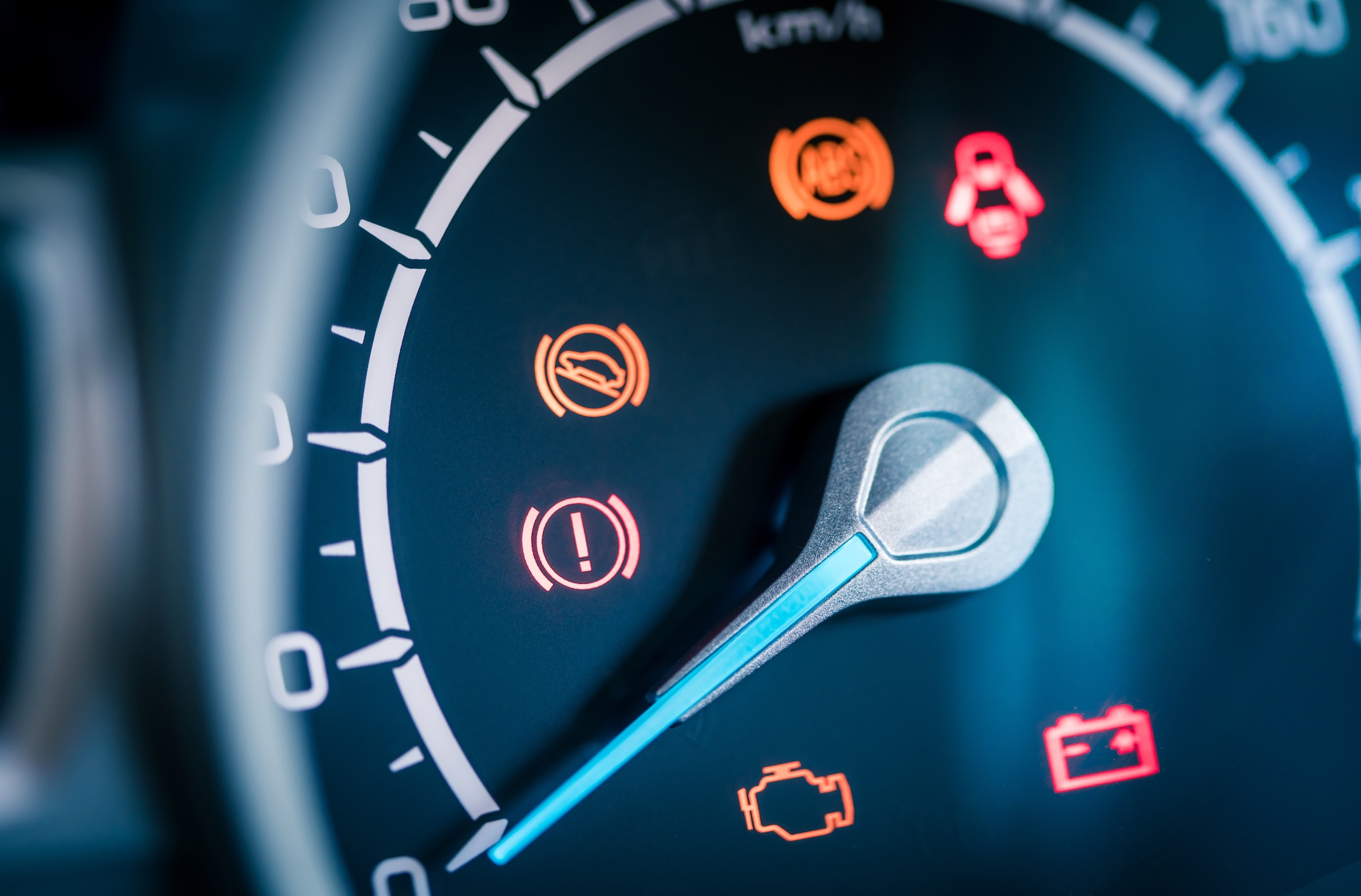
Your car’s dashboard warning lights are critical alerts about your vehicle's health. Ignoring them may lead to expensive repairs or even accidents. This guide will break down common car dashboard lights and explain their meanings. We'll help you understand what you need to do when they appear.
Common Dashboard Warning Lights and Their Meanings
Car warning lights serve as early warnings for potential car issues. Some indicate minor concerns, while others signal serious problems that need immediate attention. Act quickly when a warning light appears to keep your vehicle running safely and efficiently.
Check Engine Light
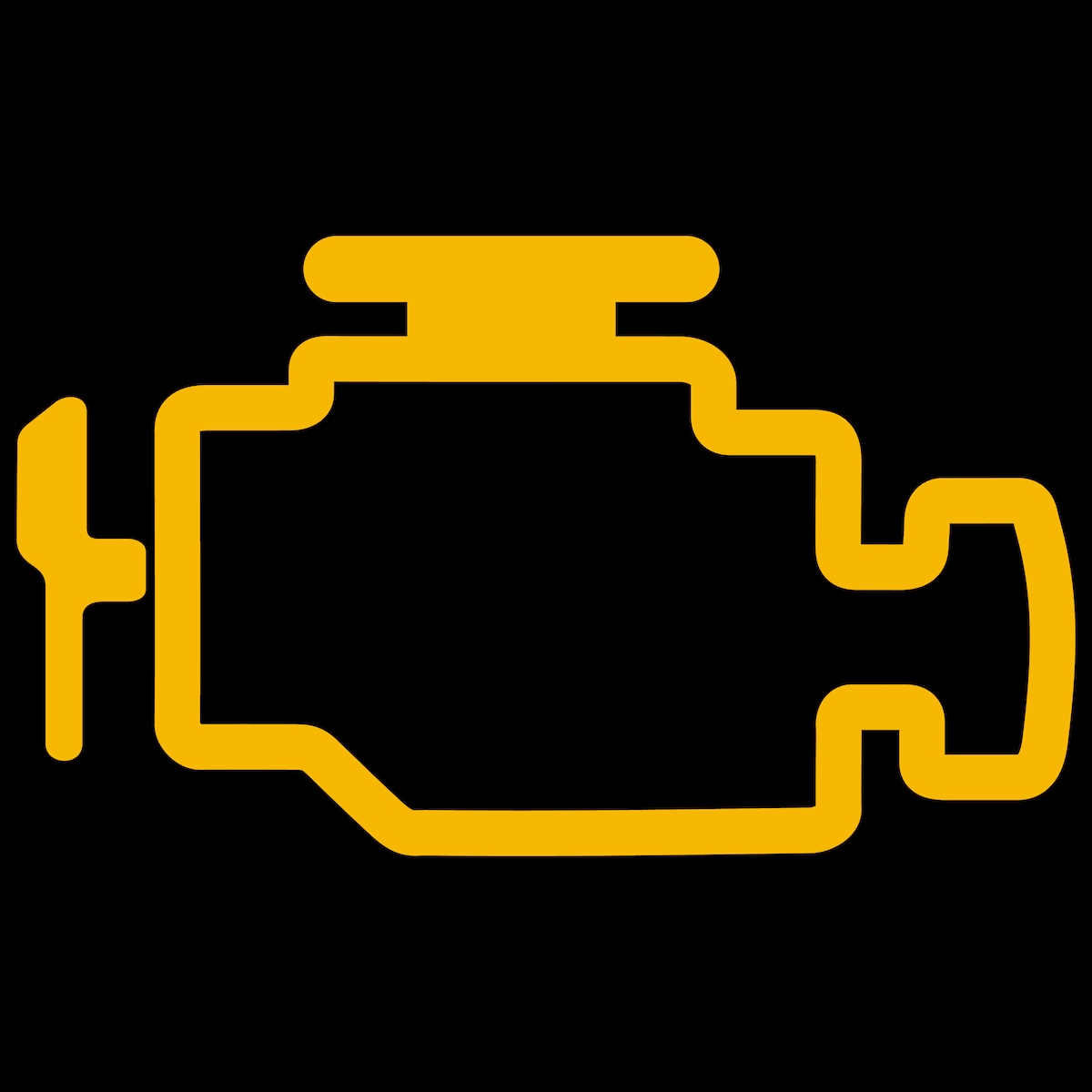
Almost everyone has experienced the sinking feeling of seeing the check engine light come on. This symbol is one of the most common and concerning dashboard warning lights. It signals a problem with your engine or emissions system.
Common Causes:
- A loose gas cap
- Faulty oxygen sensor
- Engine misfire
If the light is steady, you can usually keep driving but should schedule a diagnostic check soon. However, if it's flashing, this indicates a serious issue, and you should pull over and seek immediate assistance. Regular maintenance, like timely oil changes, can help prevent engine problems.
<div class="rt-cta"><a class="cta-link-button inline-link" href="https://www.fleetfarm.com/service/service-appointment/oil-change">Schedule an Oil Change at Your Local Fleet Farm</a></div>
Oil Pressure Warning Light
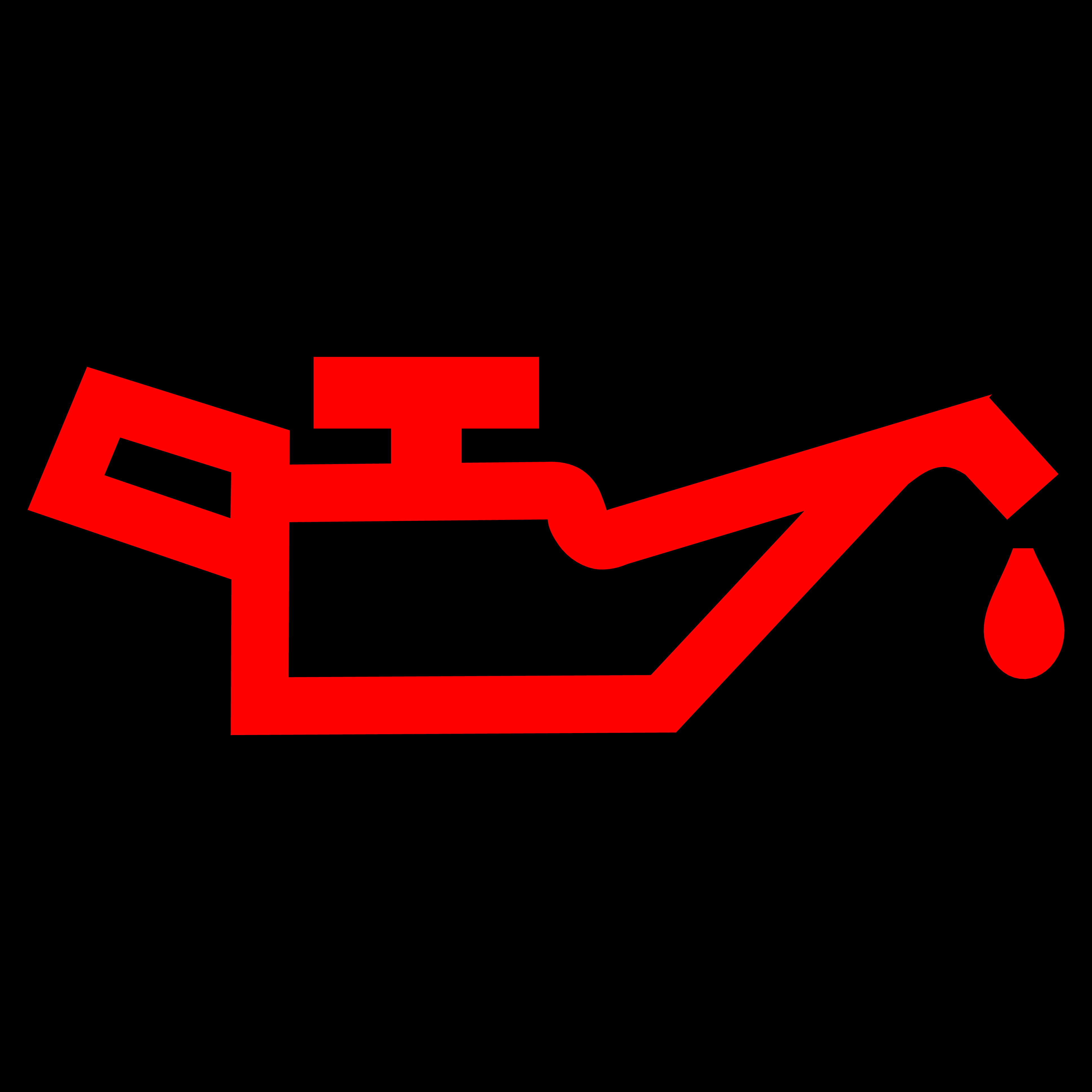
The oil pressure warning light signifies that your engine is not receiving enough oil pressure. Engine and motor oil keep your engine running as it should. Low engine oil pressure may lead to severe engine damage.
Common Causes:
- Low oil levels
- Failing oil pump
- Clogged air filter
If this light comes on, pull over when it is safe and check your oil level using the dipstick. If the level is low, adding oil may temporarily resolve the issue, but a mechanic should inspect the system for leaks or other problems.
Battery Warning Light
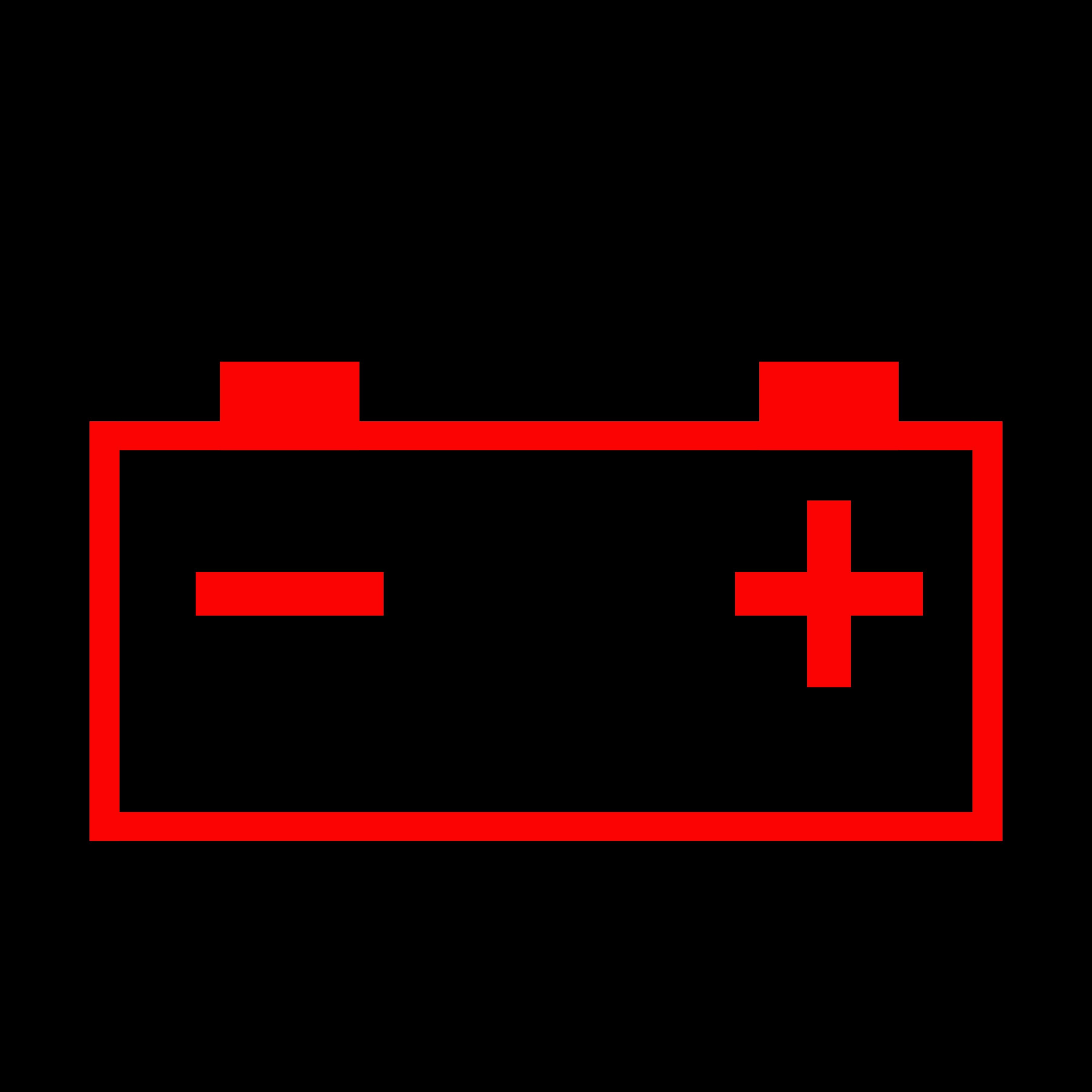
The battery warning light signals an issue with your vehicle’s charging system. If this light stays on after starting your car, your battery may not be charging properly.
Common Causes:
- A weak or failing battery
- A faulty alternator
- Loose wiring
To troubleshoot, check for loose or corroded battery cables. Next, ensure the alternator belt is intact. If the light remains on while driving, reduce electrical use (turn off accessories like the radio or AC). Then head to a mechanic as soon as possible. Ignoring this alert could leave you stranded with a dead battery.
Tire Pressure Monitoring System (TPMS) Light
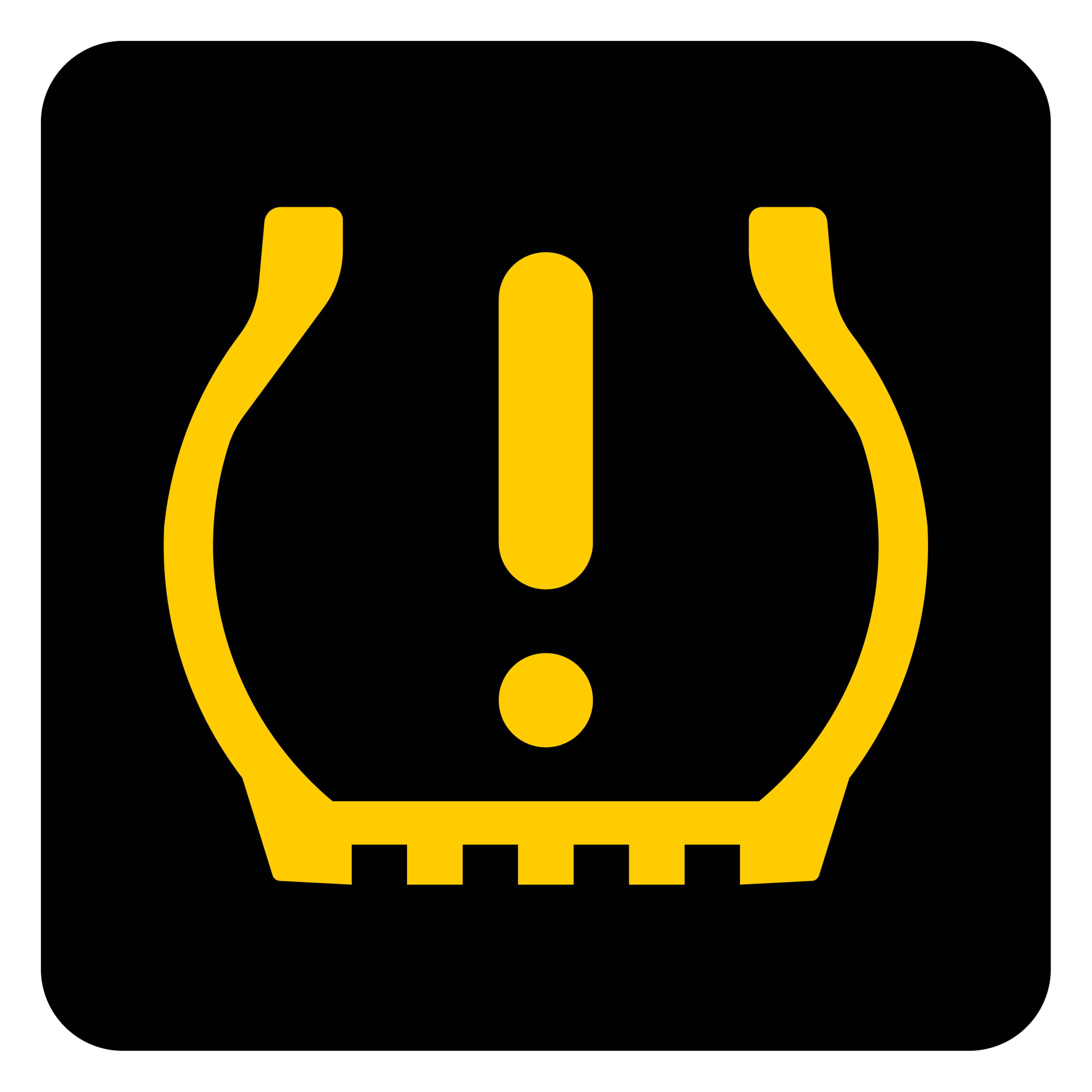
The TPMS light warns that one or more of your tires may be under- or over-inflated. Improperly inflated tires can reduce fuel efficiency, affect handling, and increase the risk of a blowout. Driving with incorrect tire pressure can also cause uneven tire wear, leading to costly replacements.
To check tire pressure, use a gauge and compare the readings to your vehicle’s recommended PSI, found in the owner’s manual or on the driver’s side door frame. If the pressure is too low, add air; if it’s too high, release some. Regularly checking your tires and seeking professional repair prevents further damage and improves safety.
<div class="rt-cta"><a class="cta-link-button inline-link" href="https://www.fleetfarm.com/category/tires-automotive/automotive-maintenance/tire-repair/_/N-2136443127">Visit Fleet Farm for Expert Tire Repair Services</a></div>
Brake System Warning Light

The brake system warning light signals a potential issue with your braking system, which could affect your ability to stop safely.
Common Causes:
- Low brake fluid
- Worn brake pads
- A problem with the anti-lock braking system (ABS)
To troubleshoot, check the brake fluid reservoir under the hood and ensure it’s at the recommended level. If it's low, you may have a leak or worn brake pads. Also, listen for squeaking or grinding sounds, which indicate brake pad wear. If the light stays on, have your brakes inspected immediately.
Other Important Car Light Symbols To Know
In addition to the common warning lights, your dashboard has other symbols that indicate potential issues. These may not always require immediate action. Yet, understanding car dashboard symbols and meanings can help you maintain your vehicle and avoid future problems.
ABS (Anti-Lock Braking System) Light
What it Means: Indicates a problem with the anti-lock braking system, which helps prevent skidding.
What to Do: Have your brakes inspected, but normal braking may still function.
Coolant Temperature Warning Light
What it Means: Signals that the engine is too hot, which can cause severe damage.
What to Do: Pull over, turn off the engine, and let it cool before checking coolant levels.
Airbag Warning Light
What it Means: Indicates a fault in the airbag system, which could prevent airbags from deploying in a crash.
What to Do: Get the system checked by a professional as soon as possible.
Recognizing these symbols can help you react appropriately and keep your vehicle in top condition.
What to Do When a Warning Light Comes On
When a dashboard warning light appears, act quickly to avoid potential damage or safety risks. Follow these steps to determine the best course of action:
- Check the manual – Your owner’s manual explains what each light means and how to respond.
- Assess urgency – If the light is red or flashing, pull over immediately. Yellow or orange lights indicate issues that need attention but may not require stopping right away.
- Perform basic checks – Look for obvious issues like low oil levels, tire pressure, or a loose gas cap.
- Limit driving if necessary – If the issue is serious, avoid driving until a professional can inspect your vehicle.
- Schedule maintenance – Regular maintenance helps prevent warning lights from appearing in the first place.
Make sure you have the right supplies to help you address minor issues before they become major problems.
<div class="rt-cta"><a class="cta-link-button inline-link" href="https://www.fleetfarm.com/category/tires-automotive/automotive-maintenance/_/N-3306382059">Stock Up on Auto Maintenance Supplies at Fleet Farm</a></div>
Preventing Dashboard Warning Lights
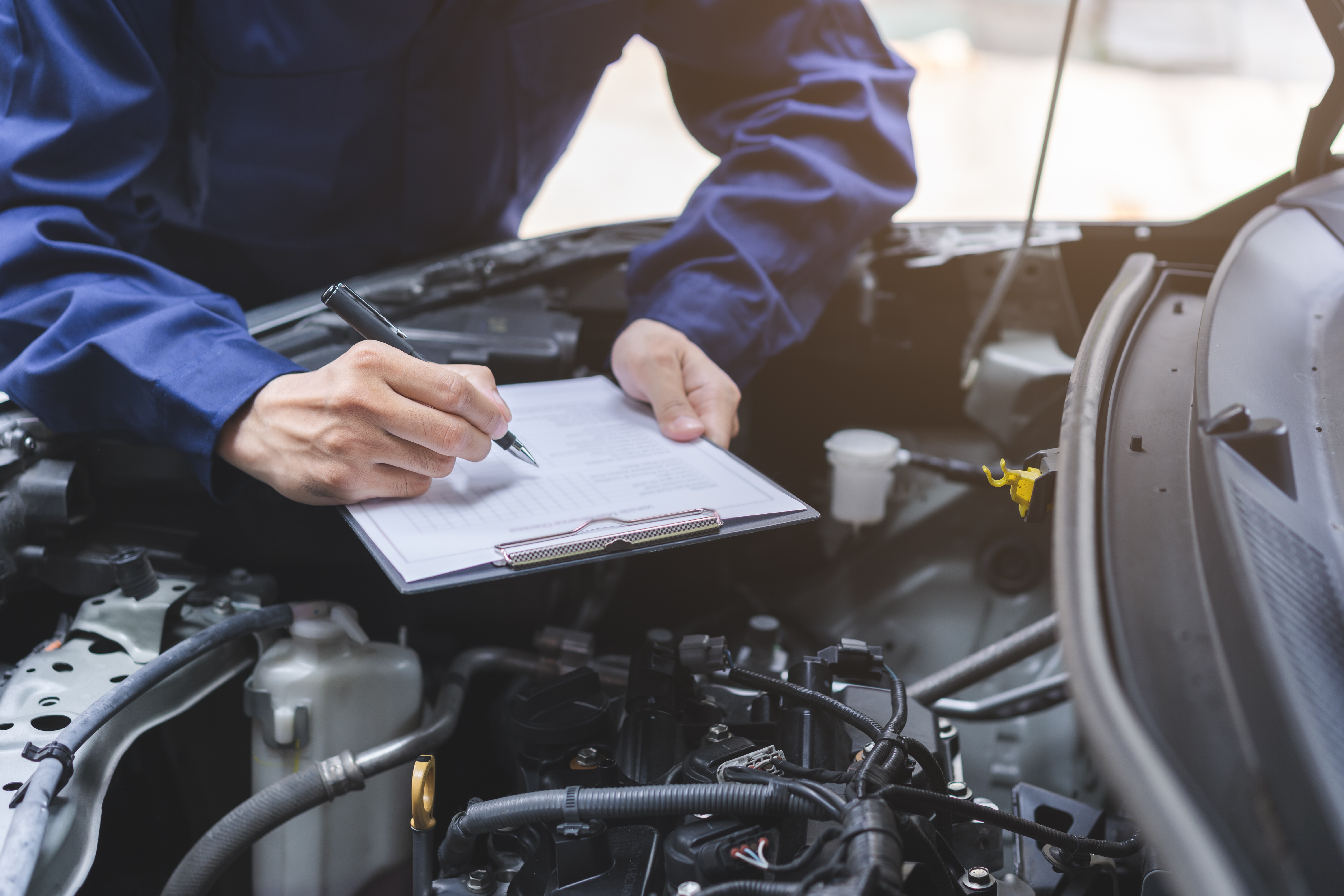
Routine maintenance is the best way to keep your dashboard warning lights from turning on. Staying ahead of potential issues helps avoid more serious repairs and unexpected breakdowns.
Regularly check and top off essential fluids. Be sure to include engine oil, coolant, brake fluid, and transmission fluid. Low levels can trigger warning lights and cause serious engine or brake issues. Tire pressure should also be monitored frequently. Under- or over-inflated tires can impact handling and fuel efficiency. Additionally, testing your battery ensures it has enough charge to prevent unexpected failures.
Follow your vehicle’s maintenance schedule and address minor concerns early. By doing so, you can help prevent major repairs. If you’re unsure about the right tires for your vehicle, use the tire finder to ensure you’re getting the best fit. These simple steps will keep your vehicle running smoothly and help you avoid unnecessary warning lights.
Stay Safe by Understanding Your Dashboard Warning Lights
Dashboard warning lights help protect your car and safety by alerting you to potential problems. Ignoring alerts can lead to expensive repairs or dangerous situations on the road.
Regular maintenance includes checking fluids, monitoring tire pressure, and servicing your vehicle. These tasks can prevent many warning lights from appearing. If a light does turn on, acting fast can help you avoid bigger issues.
For auto maintenance supplies and expert services, visit Fleet Farm. Keeping up with routine care ensures your car stays in great shape and helps you drive with confidence.
Frequently Asked Questions
What does the check engine light mean?
The check engine light signals a problem with your engine or emissions system. It could be a small problem, like a loose gas cap, or something more extensive, such as a failing sensor or engine misfire. If the light is steady, schedule a diagnostic check soon. If it’s flashing, pull over and seek immediate assistance.
Is it safe to drive with a warning light on?
It depends on the light. Some, like the low fuel or washer fluid light, are not urgent. Others, like the oil pressure or brake system warning light, indicate serious problems and require immediate attention. Always check your owner’s manual and address issues as soon as possible.
How do I reset a dashboard warning light?
Some lights turn off automatically after fixing the issue, while others need a manual reset. Try disconnecting the battery for a few minutes or using an OBD-II scanner. If the light stays on, have a professional inspect your vehicle.












